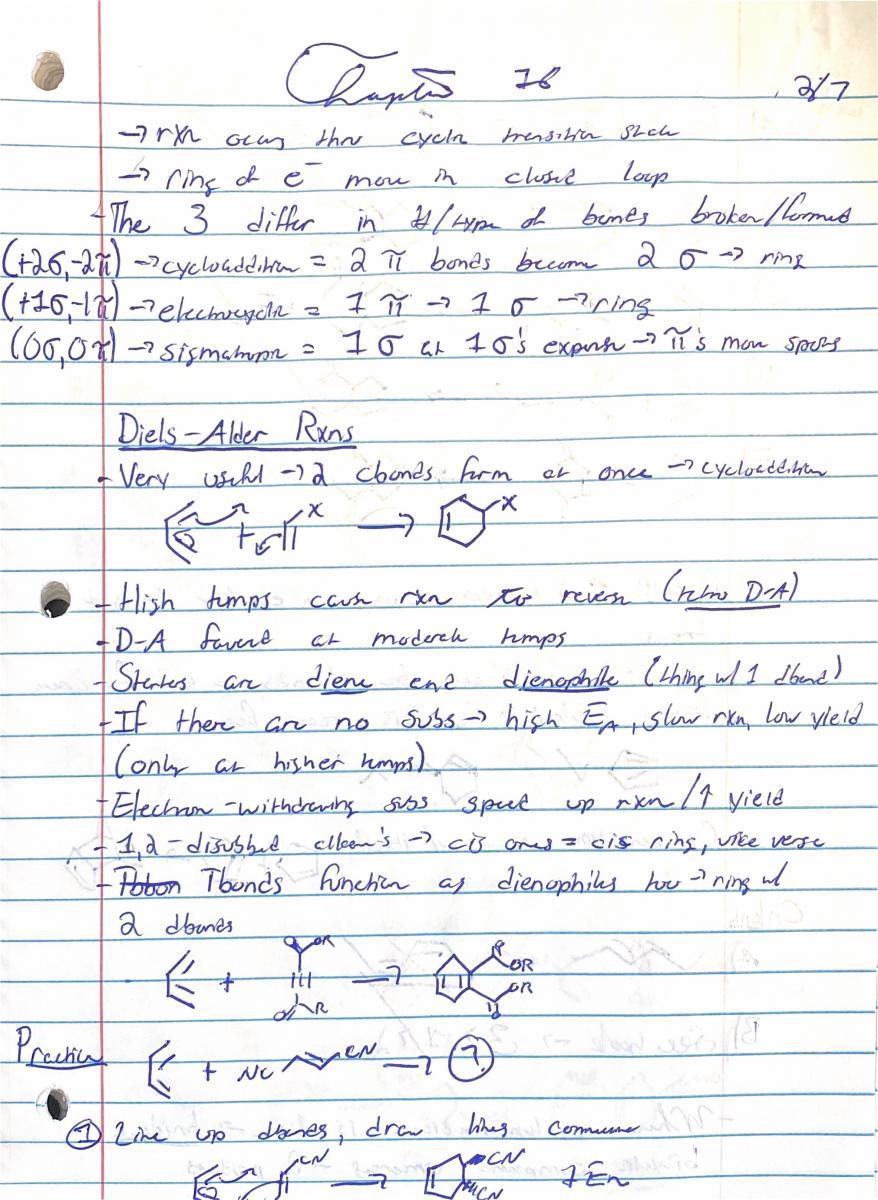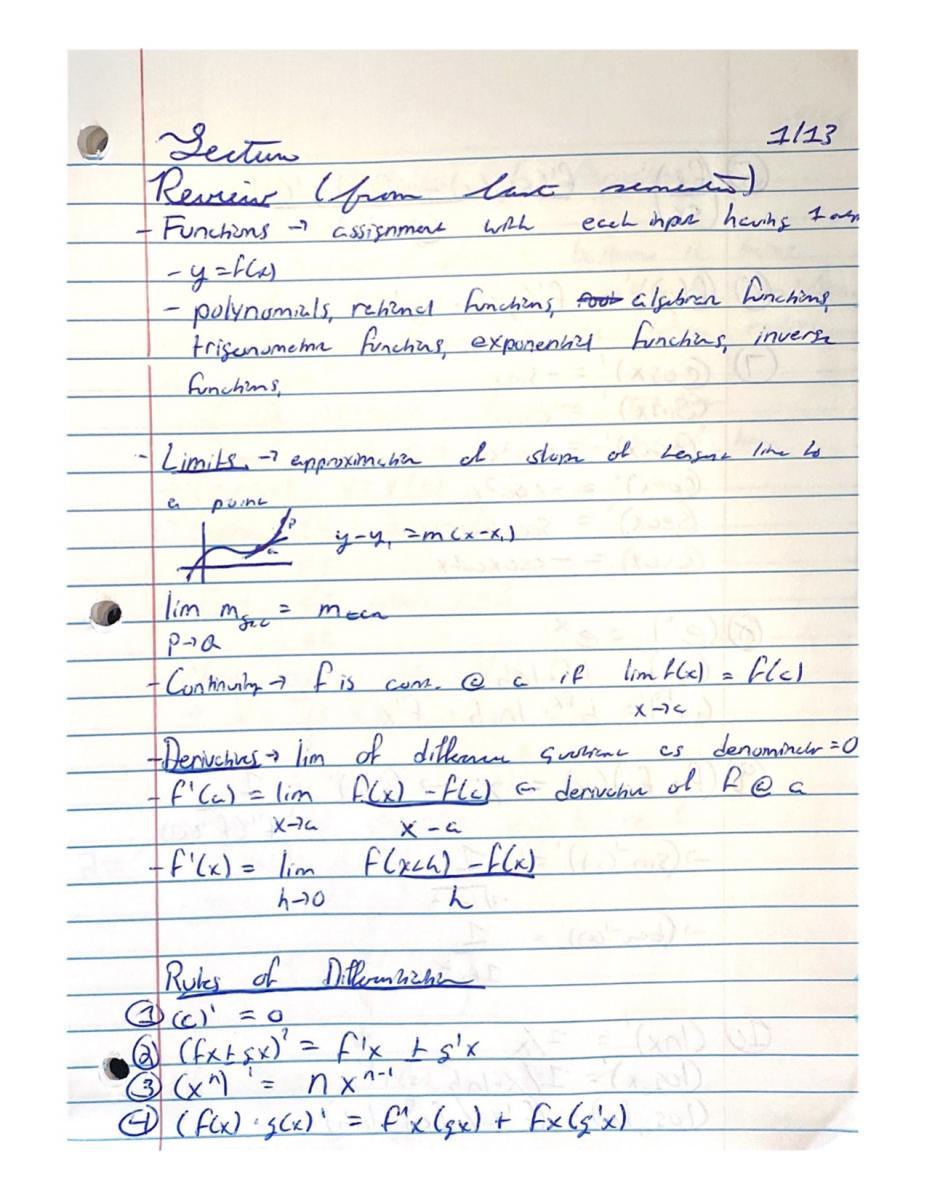By: Beau Goodreaux (he/him/his), Peer Success Leader, 2019-2020
Read time: <5 minutes
Your notes are absolutely one of the most important components of a successful academic journey. They can help you organize your thoughts and keep track of everything that is stated in class in an efficient manner. Sometimes, it can be very difficult or overwhelming to take good notes and to keep track of them all. Do you feel like yours are not doing the trick? Let me share my tips on how to take effective notes!
My first tip – and this is an unpopular one – is to take notes by hand in all of your classes. It helps eliminate the distractions that come with using a computer or tablet, and it has additionally been proven that it helps you remember the information better! As an added bonus, when it comes time to draw something like a graph or diagram, you have no issues! Instead of having separate Word documents or different Notability tabs for each class, try using a different notebook for each – I find this works great!
When I take notes either from a book or a professor, I make use of an “outline” system – whenever a new topic is introduced, I write the name of that topic and underline it. Then, as I pick up information, I make bullet points and write down the idea in a concise yet complete sentence or phrase, underlining any key terms or vocab that come up. If there are small bits of info related to the bullet point, I draw an arrow on the next line and add them in. If a professor draws something or I find an image relevant to the idea, I always include it underneath a bullet; it helps to add visuals to your notes. I repeat the whole process for every new topic that is covered. Additionally, I always draw a line, write the date, and give the notes a “title” whenever I start writing again, just to keep track of what I learned on different days.
Sometimes it can be very difficult or time-consuming to get down all of your important ideas; to combat this, I recommend using abbreviations and symbols to shorten your notes. I often use acronyms for phrases or shortened forms for words that appear a lot, and I make extensive use of arrows; I use up/down arrows to symbolize increases or decreases and an arrow pointed to the right to signify phrases like “leads to,” “defined as,” or “causes.” Make sure to include a “key” somewhere if you use lots of abbreviations or symbols to keep track of them all. If this all seems a bit complicated, I’ve included two pages of my actual notes from two different classes as a guide!
If a professor talks too quickly or there is simply too much information to write down even after making use of abbreviations, try recording the class if it’s allowed. In these scenarios, I like to take very abridged notes during the actual lecture, just writing down very important ideas or drawing anything that the professor does, and then going back later and “filling in” the notes while listening to the recording at my own pace. While it may take some extra time to do this, you’ll benefit from rehearing the material and being able to make your notes as complete and as accurate as possible. Check your class syllabus to see if you've already been given permission to record or ask your professor before doing so.
For classes that have large or very complicated loads of information, I also find it beneficial to take “supplemental notes” from the textbook; learning the content from two different sources often helps me better understand and remember it.
My last piece of advice is to understand that my method of taking notes is just a suggestion – do what works best for you! My method of note taking is a blending of all sorts of tricks that I’ve seen other people use; feel free to adapt my advice into your current strategy. I hope that this advice will help heighten your note taking abilities and make your academic journey more successful!


